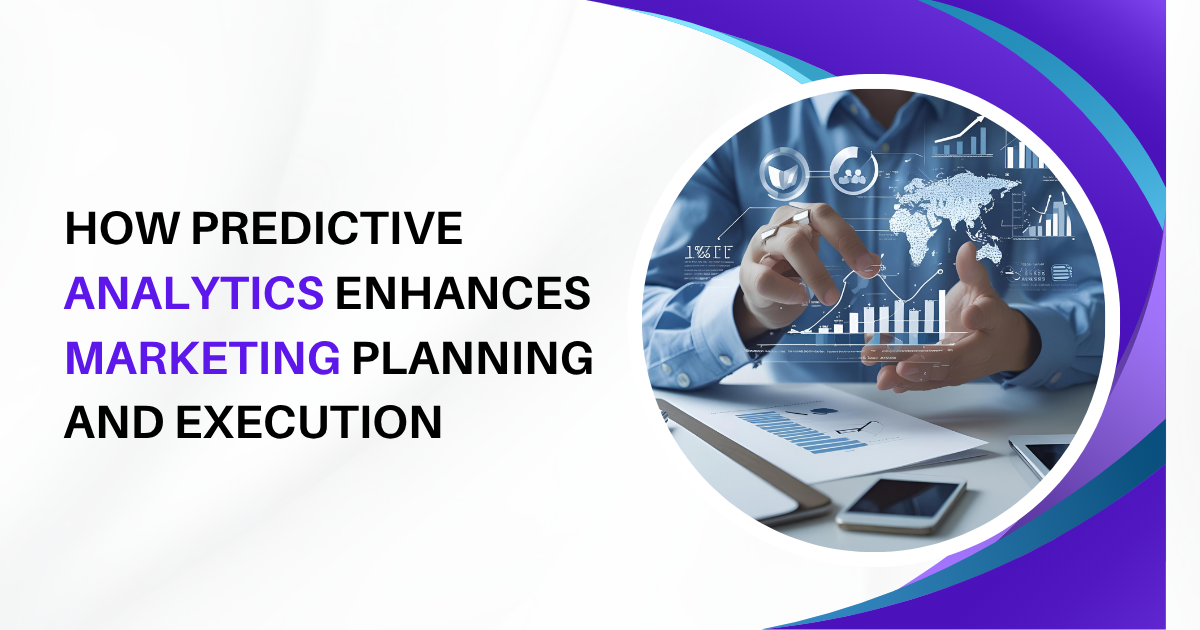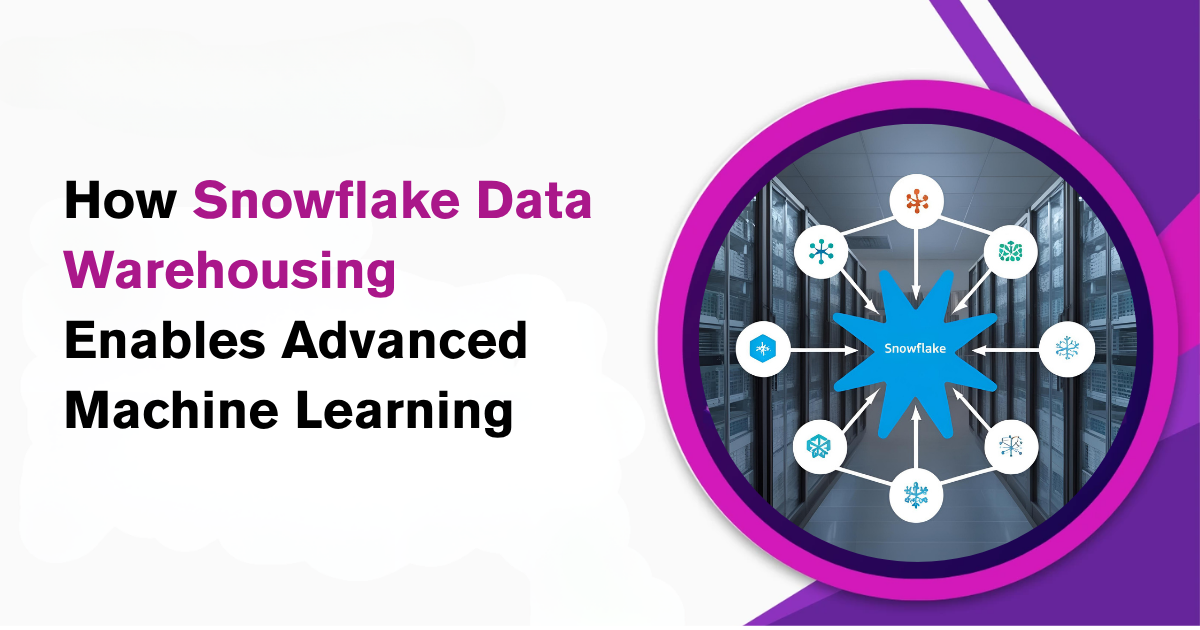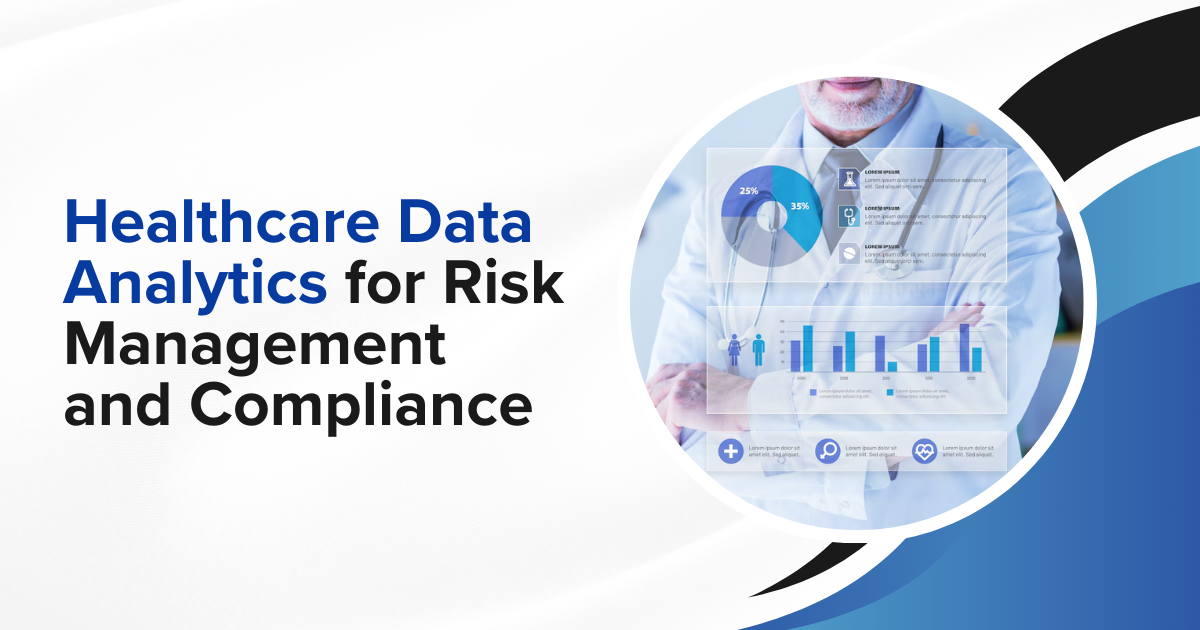How Predictive Analytics Enhances Marketing Planning and Execution

Strong 8k brings an ultra-HD IPTV experience to your living room and your pocket.
Marketing today relies heavily on data. Companies generate vast amounts of information through customer interactions, campaigns, and sales activities. However, data alone is insufficient. It must be analyzed and interpreted effectively to guide decision-making.
This is where Marketing Data Analytics Services play a critical role. They help companies understand historical trends and predict future behaviors. Among these services, predictive analytics has emerged as a key tool that transforms marketing strategies from reactive to proactive.
What Is Predictive Analytics in Marketing?
Predictive analytics uses statistical models, machine learning algorithms, and data mining to forecast future events based on historical data. In marketing, this means predicting customer behavior, campaign outcomes, sales trends, and more.
Unlike descriptive analytics, which summarizes past data, predictive analytics identifies patterns that indicate future results. This approach enables marketers to make informed choices about targeting, budgeting, content, and timing.
Core Components of Predictive Analytics
1. Data Collection and Preparation
Accurate predictions require high-quality data. This data comes from:
- Customer profiles and transaction history
- Website and social media interactions
- Campaign performance metrics
- Market research and third-party datasets
Data cleaning and transformation are essential to remove inconsistencies and standardize formats.
2. Modeling Techniques
Several techniques drive predictive models in marketing:
- Regression analysis: Estimates relationships between variables, like price sensitivity.
- Classification algorithms: Categorize customers by likelihood to purchase or churn.
- Time series forecasting: Predicts sales trends over time.
- Clustering: Identifies customer segments for personalized marketing.
Decision trees and random forests: Help in feature selection and interpretation.
3. Validation and Deployment
Models are tested on hold-out data to measure accuracy. After validation, they are deployed into production environments where they integrate with marketing platforms.
Benefits of Predictive Analytics in Marketing Planning
1. Better Customer Segmentation
Predictive models analyze customer data to identify segments with specific behaviors. For example, models can find high-value customers likely to respond positively to upsell offers. Segmentation improves targeting accuracy and campaign ROI.
2. Optimized Budget Allocation
Predictive analytics forecasts the effectiveness of marketing channels. Marketers can allocate budgets toward channels with the highest expected returns. This reduces waste and increases overall efficiency.
3. Improved Customer Retention
Predictive churn models identify customers at risk of leaving. Early intervention campaigns can be designed to retain them. This lowers acquisition costs and increases customer lifetime value.
4. Enhanced Campaign Performance
By predicting the success of various campaign elements, marketers can adjust messaging, offers, and timing. This leads to higher engagement rates and conversion ratios.
5. Accurate Sales Forecasting
Forecasting future sales helps marketing and sales teams plan resources and inventory. Predictive models consider seasonality, market conditions, and promotional calendars.
How Marketing Data Analytics Services Support Predictive Analytics
1. End-to-End Data Management
Marketing data analytics services provide integrated platforms that gather, process, and store diverse data. They handle data ingestion from CRM systems, digital platforms, email tools, and offline sources.
2. Advanced Modeling Tools
These services include built-in machine learning frameworks and customizable model templates. This allows marketing teams to build and refine predictive models without needing extensive data science expertise.
3. Real-Time Analytics
Marketing data analytics services often support real-time data processing. This capability is critical for campaigns that require instant decisions, such as personalized offers and dynamic pricing.
4. Visualization and Reporting
Comprehensive dashboards and reports display predictive insights in user-friendly formats. Teams can track model predictions alongside campaign metrics for quick assessment.
Real-World Examples of Predictive Analytics in Marketing
Example 1: Personalized Email Marketing
A retail company uses predictive analytics to score customers based on purchase history and engagement levels. Those with the highest scores receive tailored emails with recommended products. The company reports a 25% increase in click-through rates and 18% lift in sales.
Example 2: Social Media Ad Targeting
An entertainment brand applies classification models to social media data to identify users most likely to attend events. They optimize ad spend by targeting this audience segment. This leads to a 30% reduction in cost per acquisition.
Example 3: Lead Scoring in B2B Marketing
A software vendor uses predictive lead scoring models to rank incoming leads. Sales teams prioritize follow-ups based on scores. Conversion rates improve by 15%, and the sales cycle shortens by 20%.
Technical Considerations for Effective Implementation
1. Data Quality and Governance
Predictive analytics depends on accurate and timely data. Poor data quality leads to unreliable models. Strong governance policies should ensure data integrity, consistency, and privacy compliance.
2. Feature Engineering
Extracting relevant features from raw data is crucial. For example, creating variables like average purchase frequency, recency, or browsing duration improves model accuracy.
3. Model Interpretability
Marketing teams need to understand why models make certain predictions. Techniques like decision trees or SHAP values help explain model outputs, building trust in the results.
4. Integration with Marketing Platforms
Models should integrate seamlessly with marketing automation tools, CRM systems, and content management systems. This enables automated execution of predictive insights.
5. Continuous Monitoring and Updating
Customer behavior changes over time. Models must be regularly retrained and validated against new data to maintain performance.
Challenges in Using Predictive Analytics for Marketing
1. Data Silos
Marketing data often exists in fragmented systems. Consolidating these datasets requires significant effort and technical resources.
2. Skills Gap
Developing and maintaining predictive models requires expertise in data science and analytics. Marketing teams may lack this specialized knowledge.
3. Overfitting and Bias
Models that perform well on training data may fail on new data. Bias in data can also lead to unfair or inaccurate predictions.
4. Privacy Concerns
Regulations like GDPR require careful handling of personal data. Predictive models must respect privacy rules and secure customer consent.
Measuring the Impact of Predictive Analytics in Marketing
Companies that implement predictive analytics report measurable improvements:
- Average marketing ROI increases by 15-20%
- Customer retention rates improve by 10-15%
- Conversion rates rise by 20-30%
- Marketing operational costs reduce by 10-25%
These gains demonstrate the value of data-driven decision-making.
Future Trends in Marketing Data Analytics
1. Artificial Intelligence Integration
AI techniques like deep learning and natural language processing will enhance predictive analytics capabilities. They will enable better understanding of unstructured data such as text and images.
2. Automated Model Building
AutoML platforms will reduce the need for manual model development. This makes predictive analytics accessible to broader marketing teams.
3. Cross-Channel Attribution
Improved analytics will better measure the combined impact of various marketing touchpoints on customer decisions.
4. Predictive Customer Journeys
Advanced models will predict entire customer journeys, allowing marketers to intervene at the optimal time and channel.
Conclusion
Predictive analytics significantly enhances marketing planning and execution. It shifts marketing from intuition-based to evidence-based decision-making. By identifying future customer behaviors and campaign outcomes, marketers can optimize targeting, budgeting, retention, and sales.
Marketing Data Analytics Services play a critical role by providing the tools and infrastructure needed to collect, process, and analyze data effectively. Businesses that invest in predictive analytics gain a competitive advantage through improved efficiency and higher returns.
Note: IndiBlogHub features both user-submitted and editorial content. We do not verify third-party contributions. Read our Disclaimer and Privacy Policyfor details.







